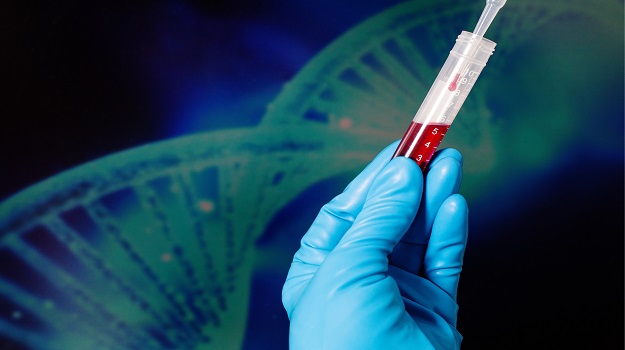The U.S. Food and Drug Administration (FDA) agreed to review BioMarin Pharmaceutical’s Biologics License Application (BLA) for valoctocogene roxaparvovec (valrox) for adults with hemophilia A. It was accepted for Priority Review. The target action date is August 21, 2020.
Valrox is a gene therapy to treat hemophilia A. Hemophilia A is a genetic deficiency in clotting factor VIII, resulting in increased bleeding. At this point, patients with hemophilia A are treated with Factor VIII, a protein that is infused two to three times a week. It doesn’t prevent patients from all bleeding events.
Valrox is a potential gene therapy that is administered as a single infusion. The application is built on a Phase III interim analysis of patients receiving an investigational product manufactured by the to-be-commercialized process as well as three-year Phase I/II data, which was published in January in The New England Journal of Medicine.
In addition to the acceptance of the BLA, the FDA has accepted the premarket approval application for an AAV5 total antibody assay planned as a companion diagnostic for valrox. BioMarin estimates that about 80% of people with hemophilia A in the U.S. do not have a preexisting immunity to AAV5 that would make them ineligible for this gene therapy. The test is manufactured by ARUP Laboratories, a national reference laboratory that is a nonprofit enterprise of the University of Utah and its Department of Pathology.
AAV5 is a strain of adeno-associated virus (AAV) that is designed for use in gene therapies because of its relatively low immune reaction.
“Valoctocogene roxaparvovec has the potential to be the first gene therapy approved in any type of hemophilia and the acceptance of this application and its priority review status marks a significant milestone for gene therapies in general and for the hemophilia community specifically,” said Hank Fuchs, president, Global Research and Development at BioMarin. “We recognize the decades of scientific research that has allowed us to reach this stage of development. As pioneers in gene therapy, we are proud of the medical and technological innovation represented in valoctocogene roxaparvovec, which is possible because of the scientists who did the early research, clinical investigators, the hemophilia community and the people who work here. We look forward to working with the FDA to bring this groundbreaking therapy to people with hemophilia A.”
The Phase III trial data indicated that seven out of 16 patients in the trial reached or exceeded the Factor VIII levels that U.S. and European regulators want to see. After the data cutoff period, another patient also hit the mark. The trial is still enrolling patients, so BioMarin hopes that valrox will prove it is superior to Factor VIII replacement therapy.
Reportedly, if approved, BioMarin is considering a price range of $2 million to $3 million for the therapy. Although that seems staggeringly high, even more expensive than Novartis’ Zolgensma for spinal muscular atrophy (SMA), which runs $2.125 million, BioMarin and drug pricing experts note that the current price of blood clotting treatments over the lifetime of a patient is around $25 million per patient. The therapy could potentially save the healthcare system and insurers more than $20 million over the patient’s lifetime.
But first it has to get approved and although it sounds promising, analysts and experts are debating the likelihood, noting that the regulatory agencies’ Factor VIII levels required for approval are not completely clear. And although the therapy’s efficacy and safety data were positive, there are some concerns over the duration of response, with some physicians suggesting that it will begin to lose clinical benefit if the Factor VIII levels don’t hit a plateau.
